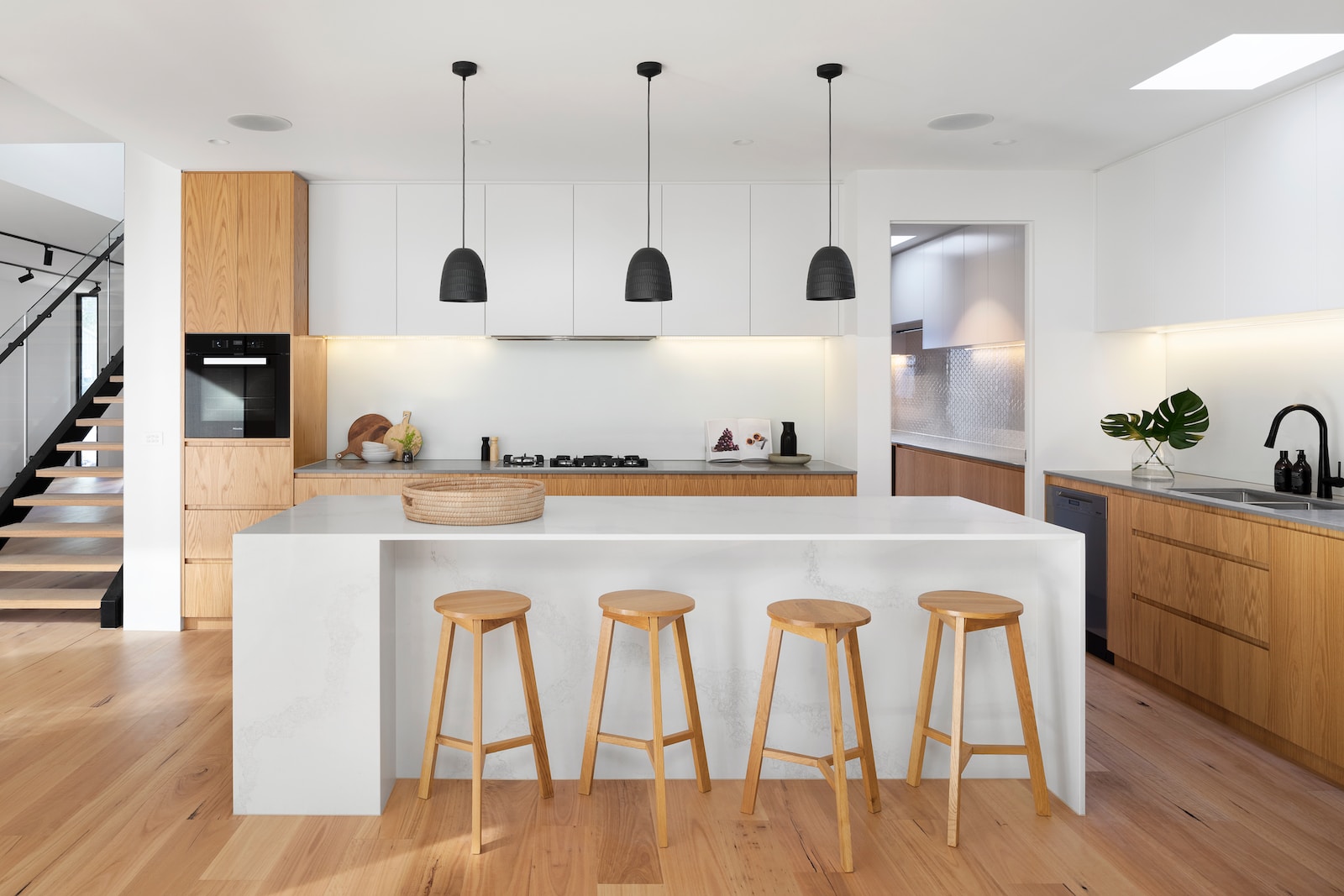Breaking Down the Battle of Materials: Melamine vs. Laminate Boards
When selecting materials for our kitchen cabinets or other furnishings that necessitate a top veneer, we often encounter terms like melamine and laminate. These materials offer high moisture resistance, allowing easy cleaning with a damp cloth.
Carpenters frequently employ them in crafting items for kitchens and other areas. While they share some features, the differences between melamine and laminate are noteworthy.
Understanding Melamine
Commonly known as direct-pressure or low-pressure laminate, a melamine board is widely recognized as “melamine.” It’s created when a thin paper is subjected to a pressure ranging from 300-500psi on a board. Nevertheless, melamine technically refers to the resin used to permeate this paper. A major advantage of melamine is its no-glue application, negating the need to adhere a mica sheet onto furnishings. This makes it especially suitable for kitchen cabinet doors.
Defining Laminate
Often termed as high-pressure laminate, the general populace recognizes it as Formica. Laminate production requires an intense pressure of approximately 1400psi applied across 6-8 layers of kraft paper that have been bonded together. A layer of melamine plastic is then pressed on the topmost layer.
Unlike melamine, this product isn’t pre-attached to a board. Instead, carpenters must manually affix it to a board, making it ideal for furniture or countertops. It’s available in various shades and even textures and boasts resistance against scratches, heat, and moisture.
Environmental Impact
Melamine and Laminate are popular choices in home furnishings, but how do they fare in terms of their environmental footprint?
- Melamine production involves using formaldehyde, a volatile organic compound (VOC) that can emit harmful gases. While there are efforts to reduce its environmental impact, it’s essential to ensure that melamine products are certified by reputable agencies for low VOC emissions.
- Laminate, on the other hand, usually contains layers of paper and phenolic resins. These can also have environmental concerns, especially if the sourcing of the paper isn’t sustainable or if high amounts of VOCs are used in its production.
- Both materials can be hard to recycle due to their multi-layered composition. It is crucial to check local recycling options and to opt for eco-friendly versions of these materials where possible.
Care and Maintenance
For those looking to extend the life of their melamine or laminate products, it’s essential to understand their care requirements.
- Melamine surfaces should be cleaned with a mild detergent and warm water. Avoid using abrasive cleaners or pads as they can scratch the surface. Also, prolonged exposure to water can cause the melamine board to swell, so wiping off any spills promptly is advisable.
- Laminate surfaces are also relatively easy to clean. They can resist most stains, but wiping spills immediately is best to prevent discoloration. Using a soft cloth or sponge with mild soap and water is recommended. Like melamine, avoid abrasive materials.
- Periodic checks for any signs of wear, like chipping or delamination, can help in timely interventions and extend the lifespan of the products.
More Differences
- Melamine is more budget-friendly than laminate due to its less costly manufacturing process.
- Laminate outshines melamine in durability and resistance against heat and chemicals.
- The pressure applied to create melamine is between 300-500psi, whereas laminate demands a 1400psi pressure.
- Melamine is ready-to-use and doesn’t need additional layering on a board, unlike laminate, which requires manual pasting onto a board to finalize a piece.
- While laminates come in a wide spectrum of colors and textures, melamine generally has a more limited color palette.
In Summary
Melamine and laminate, while appearing similar, possess distinct differences in their composition, production, and utility. While melamine is cost-effective and requires no additional layering, laminate offers a broader variety of aesthetics and boasts greater durability. When deciding between the two, understanding their unique characteristics can guide one to make an informed choice best suited to their needs.

